Joints are the connections between bones in the body that allow for movement and support. They come in various forms and serve different functions depending on their location and structure. In this blog post, we will explore the different types of joints in the body and common problems that can arise in each.
- Types of Joints
There are three main types of joints in the human body:
- Fibrous Joints: Fibrous joints are connected by dense connective tissue, which limits movement between bones. These joints are found in areas that require stability and support, such as the skull. Examples of fibrous joints include sutures in the skull and syndesmoses in the lower leg.
- Cartilaginous Joints: Cartilaginous joints are connected by cartilage, which allows for limited movement between bones. These joints are found in areas that need flexibility and shock absorption, such as the spine. Examples of cartilaginous joints include intervertebral discs in the spine and the pubic symphysis in the pelvis.
- Synovial Joints: Synovial joints are the most common type of joint in the body and are characterized by a joint capsule filled with synovial fluid, which lubricates and nourishes the joint. These joints allow for a wide range of movement and are found in areas such as the knees, shoulders, and elbows. Examples of synovial joints include the knee joint, shoulder joint, and elbow joint.
- Common Problems with Joints
- Osteoarthritis: a degenerative joint disease that causes the cartilage in the joints to break down over time, leading to pain, stiffness, and swelling.
- Rheumatoid arthritis: an autoimmune disease that causes inflammation in the joints, leading to pain, stiffness, and deformity.
- Bursitis: inflammation of the fluid-filled sacs (bursae) that cushion the joints, causing pain and swelling.
- Tendonitis: inflammation of the tendons that connect muscles to bones, causing pain and restricted movement.
- Sprains and strains: injuries to the ligaments (sprains) or muscles/tendons (strains) surrounding a joint, causing pain, swelling, and limited range of motion.

- Treatment Options for Joint Problems
Several treatment options are available for joint problems, depending on the cause and severity of the issue. Some common treatment options include:
- Rest: Resting the affected joint can help reduce pain and inflammation. Avoiding activities that aggravate the joint can also help promote healing.
- Ice and heat therapy: Applying ice to the affected joint can help reduce swelling and inflammation. Heat therapy, such as using massage products with heat or applying warm compresses, can help relax muscles and promote blood flow to the joint.
- Physical therapy: Physical therapy can help strengthen the muscles around the affected joint and improve the range of motion. A physical therapist can also teach exercises to help reduce pain and improve function.
- Medications: Over-the-counter pain medications, such as ibuprofen or acetaminophen, can help reduce pain and inflammation in the affected joint. In severe cases, a doctor may prescribe stronger pain medications or anti-inflammatory drugs.
- Surgery: In some cases, surgery may be necessary to repair or replace a damaged joint. Joint replacement surgery, such as hip or knee replacement, can help restore mobility and reduce pain in the affected joint.
- Preventing Joint Problems
- Maintaining a healthy weight to reduce stress on the joints
- Exercising regularly to strengthen the muscles around the joints and improve flexibility
- Eating a balanced diet rich in nutrients that support joint health, such as omega-3 fatty acids and antioxidants
- Avoiding activities that put excessive strain on the joints, such as high-impact sports or lifting heavy weights
- Practicing good posture and ergonomics to reduce strain on the joints during daily activities


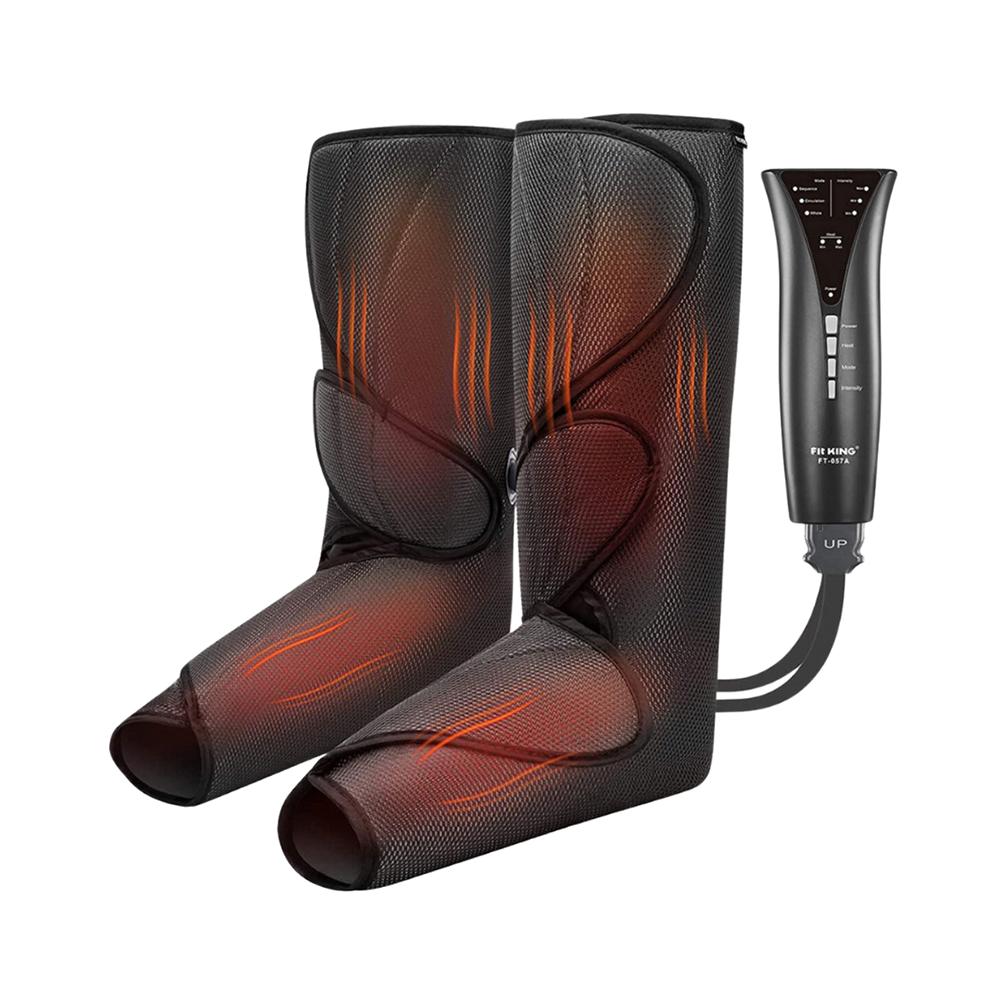
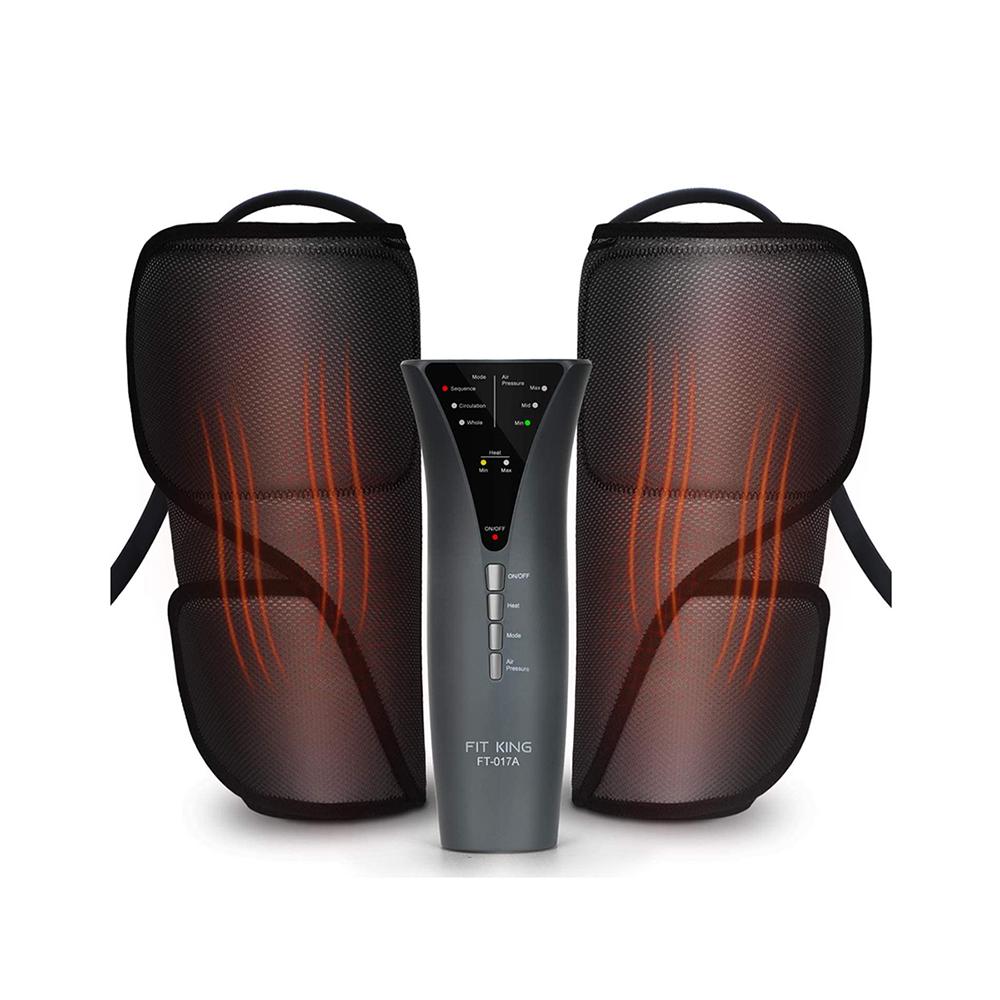
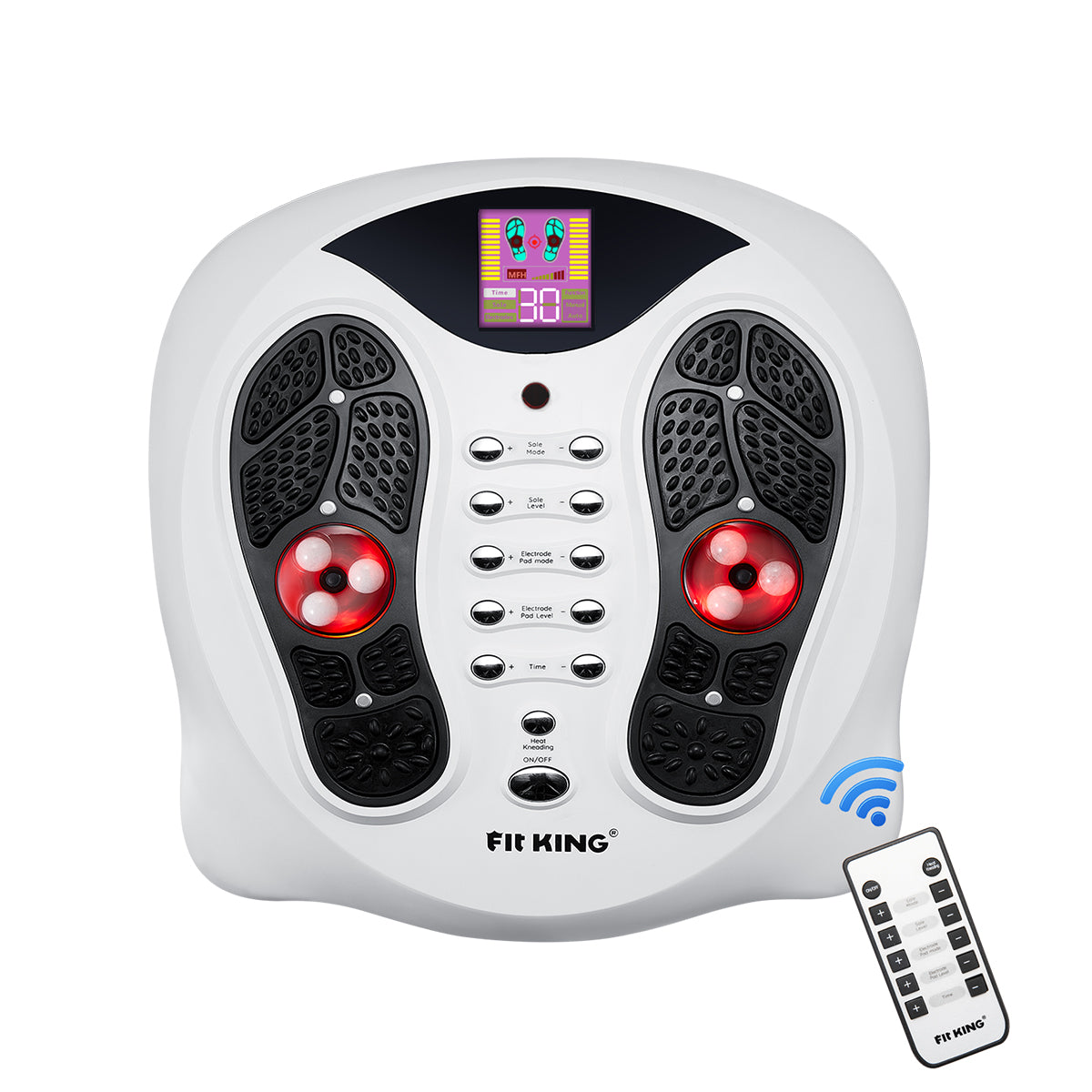
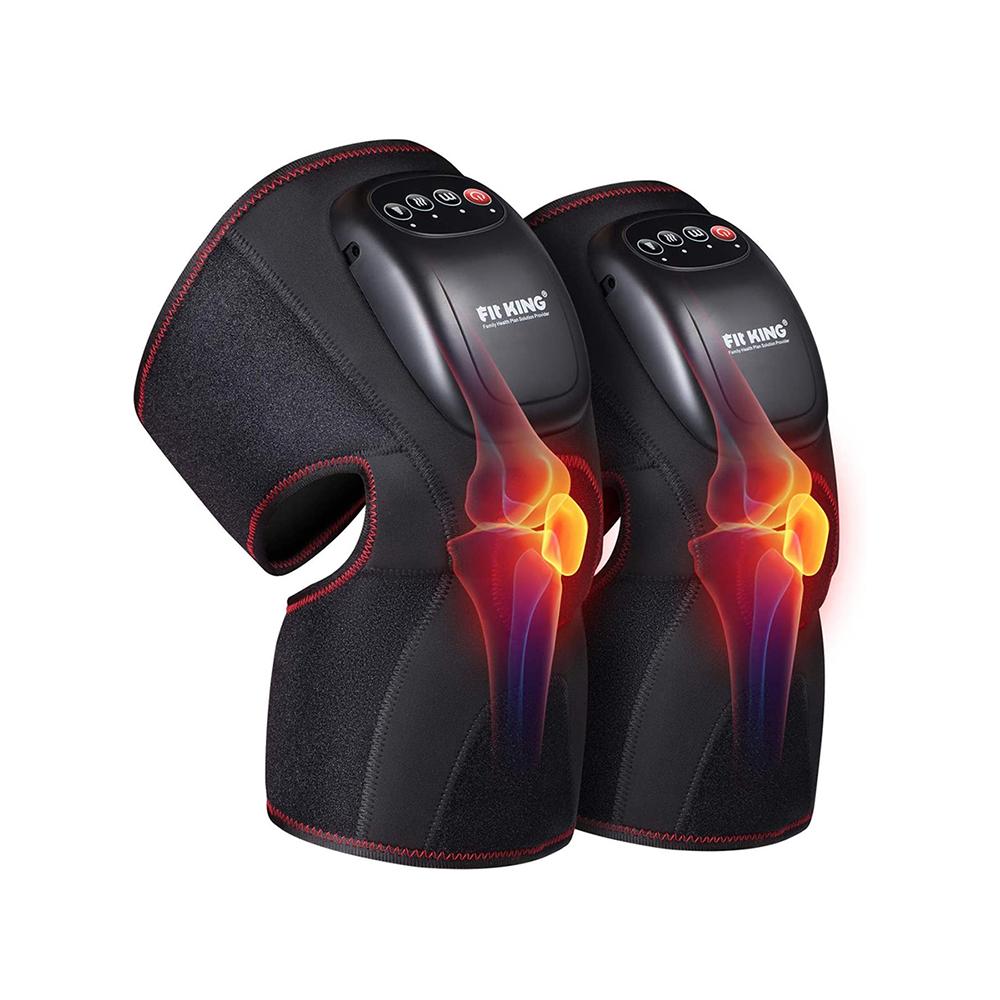
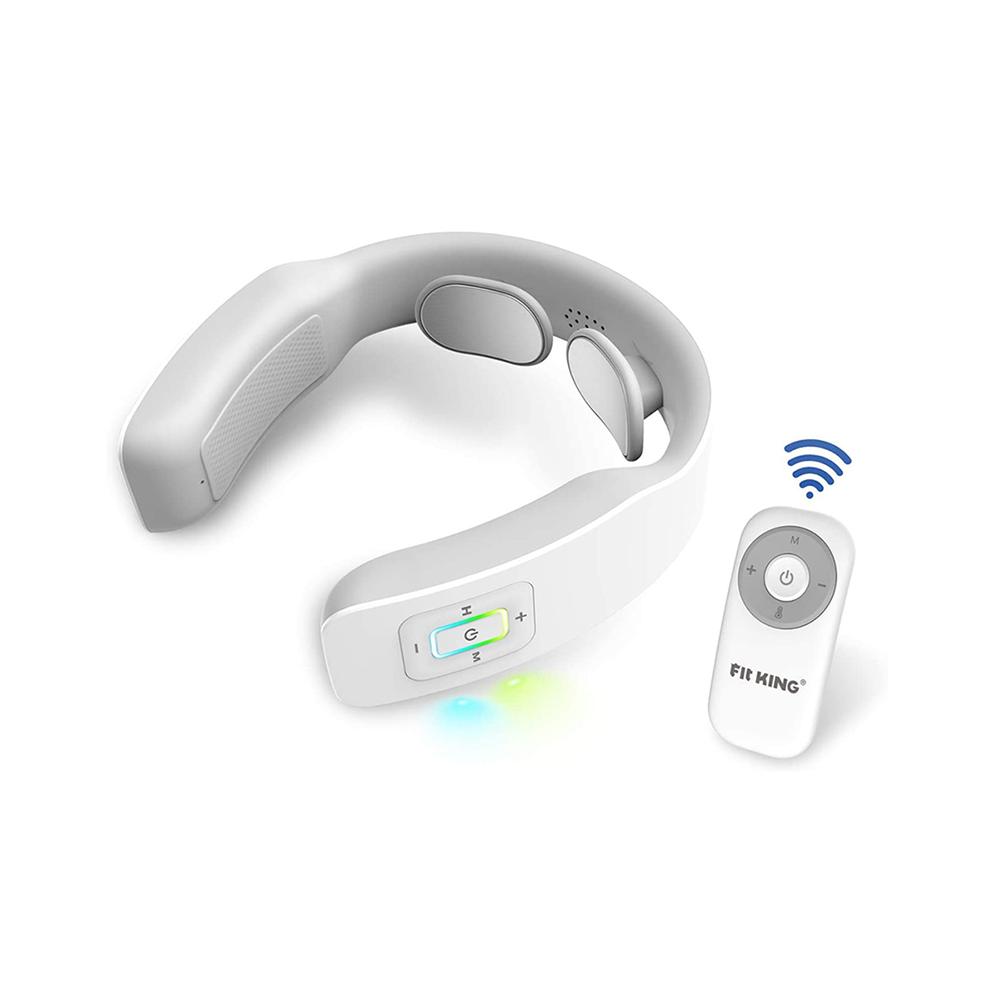


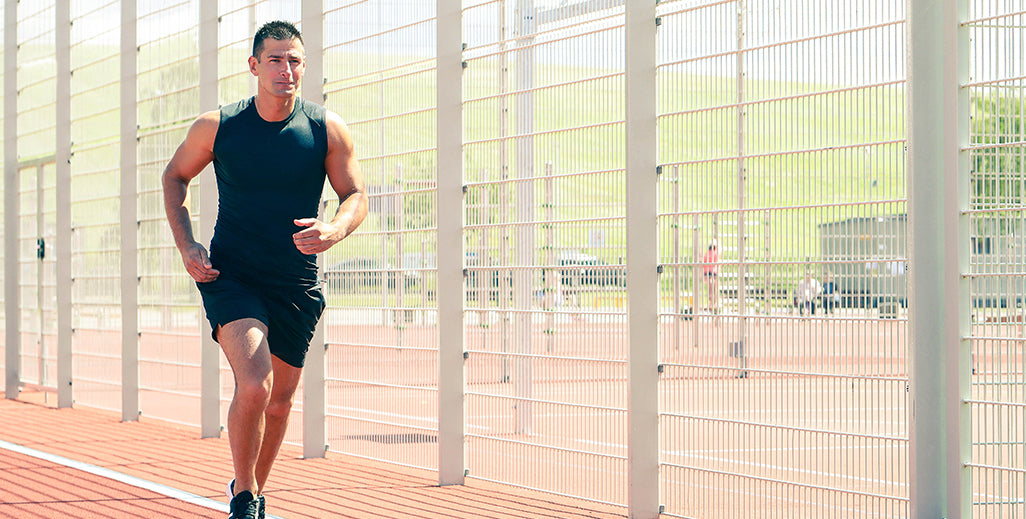

Leave a comment
This site is protected by hCaptcha and the hCaptcha Privacy Policy and Terms of Service apply.